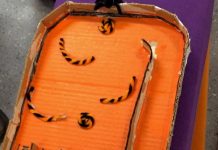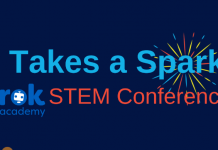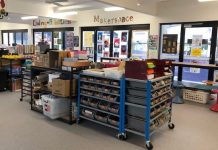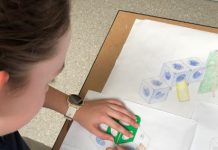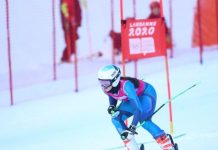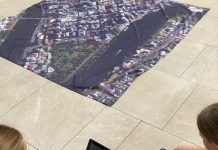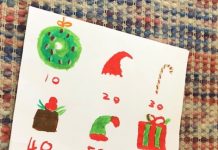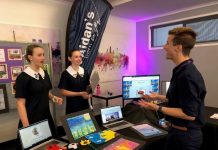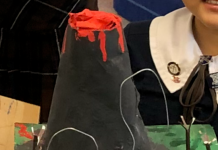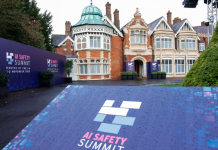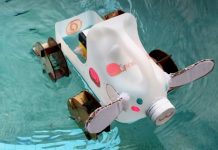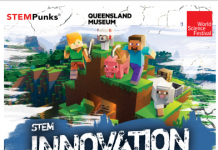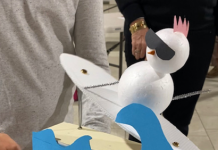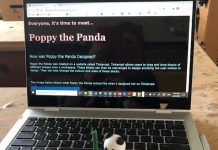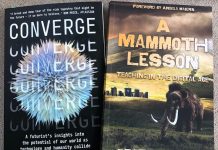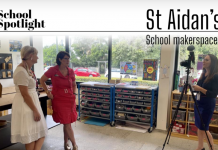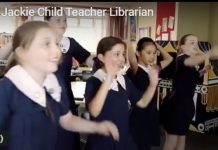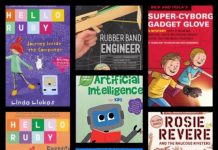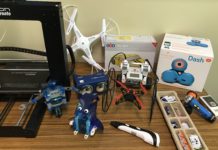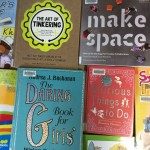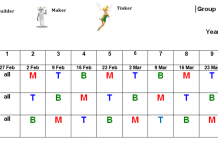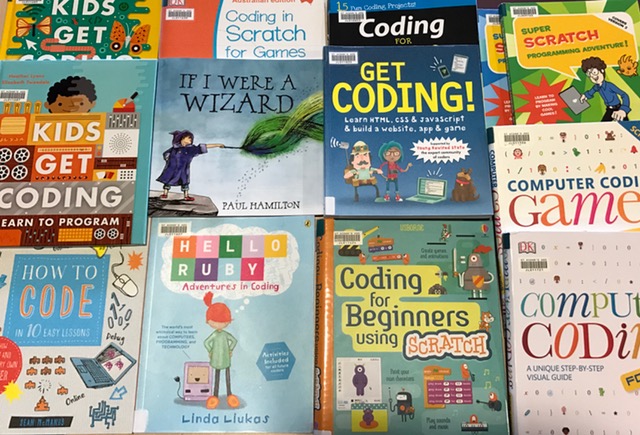 I have been running a Coding and Robotics Club at school for a couple of years now. I started with coding and last year picked up a large number of NXT Mindstorm robots so it felt right to combine the two! Megan and I have spoken about this new 21st century language called coding in previous posts here and here. We spent the first semester including coding into our library progam which can be read here.
I have been running a Coding and Robotics Club at school for a couple of years now. I started with coding and last year picked up a large number of NXT Mindstorm robots so it felt right to combine the two! Megan and I have spoken about this new 21st century language called coding in previous posts here and here. We spent the first semester including coding into our library progam which can be read here.
We use both fiction and non-fiction to inspire our girls in Library lessons. These ideas and skills can then be transferred into the Makerspace Zone and into Coding and Robotics Club. In this post I thought I’d share some of the books we use and have available for our girls to borrow. By sharing the books and stories during library lessons and having them on display promotes interest in programming and learning to code so creations can happen!
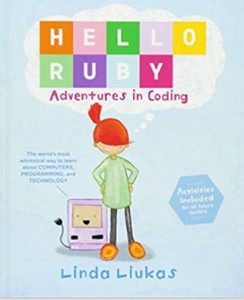 This has to be the favourite of course, it has been mentioned a number of times in the blog. The website is a fabulous resource with plenty of follow up materials. I spoke recently here how the girls made paper laptops from the resources. The book is both fiction and non-fiction as it has a story of the quest Ruby’s father leaves her to solve and then unplugged computational thinking activities to do at the back and online!
This has to be the favourite of course, it has been mentioned a number of times in the blog. The website is a fabulous resource with plenty of follow up materials. I spoke recently here how the girls made paper laptops from the resources. The book is both fiction and non-fiction as it has a story of the quest Ruby’s father leaves her to solve and then unplugged computational thinking activities to do at the back and online!
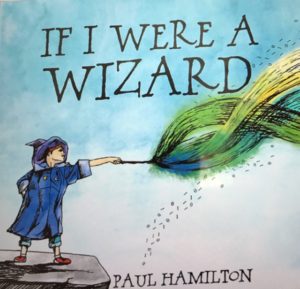 This book recently released by Paul Hamilton is a story of Ralph who wants to be a wizard when he grows up(unlike his friends who want to be doctors, architects etc). As a wizard he interacts with everyday situations and family members. Paul has cleverly linked the outcomes of Ralph’s interactions to the concepts in computational thinking and coding. On his website Paul has teacher notes to help guide coding activities to inspire young children.
This book recently released by Paul Hamilton is a story of Ralph who wants to be a wizard when he grows up(unlike his friends who want to be doctors, architects etc). As a wizard he interacts with everyday situations and family members. Paul has cleverly linked the outcomes of Ralph’s interactions to the concepts in computational thinking and coding. On his website Paul has teacher notes to help guide coding activities to inspire young children.
 Again I’ve mentioned this book a few times, it’s a great reference book to help understand parts of computers and coding. I used it when our girls dismantled a laptop in the Makerspace Zone. This post has more details about the book with a video clip too.
Again I’ve mentioned this book a few times, it’s a great reference book to help understand parts of computers and coding. I used it when our girls dismantled a laptop in the Makerspace Zone. This post has more details about the book with a video clip too.
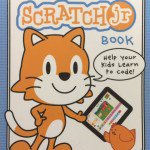 This is a fabulous book written by Mitch Resnick(creator of Scratch) & Marina Umaschi Bers which helps teachers and parents guide their children in using the app, ScratchJr. It has a complete overview of everything ScratchJr is capable of. Children can create their own animations, interactive stories, games and at the end of the book move into Scratch.
This is a fabulous book written by Mitch Resnick(creator of Scratch) & Marina Umaschi Bers which helps teachers and parents guide their children in using the app, ScratchJr. It has a complete overview of everything ScratchJr is capable of. Children can create their own animations, interactive stories, games and at the end of the book move into Scratch.
 This book is good for middle primary aged children as it has comic style stories to set the scene for introducing programming fundamentals which enable children to make playable games. The instructions are clear with step by step explanations of the code.
This book is good for middle primary aged children as it has comic style stories to set the scene for introducing programming fundamentals which enable children to make playable games. The instructions are clear with step by step explanations of the code.
 ‘How to Code’ Books 1 – 4 series by Max Wainewright, guides children through clear and concise instructions in coding. This book is a terrific handbook supporting parents and teachers in the concepts which are introduced in the childrens books. It has a glossary and provides a brief overview of Scratch, Logo, Python, HTML and Javascript. Its a good introduction for adults to understand the world children are venturing into with coding!
‘How to Code’ Books 1 – 4 series by Max Wainewright, guides children through clear and concise instructions in coding. This book is a terrific handbook supporting parents and teachers in the concepts which are introduced in the childrens books. It has a glossary and provides a brief overview of Scratch, Logo, Python, HTML and Javascript. Its a good introduction for adults to understand the world children are venturing into with coding!
Usborne book ‘Coding for Beginners using Scratch’ has been popular with our students. It introduces Scratch with simple explanations and tasks to complete. Students can to make simple games and animations. The Usborne Quicklinks site has video and plenty of guidance in using Scratch. Although it is a UK site there are plenty of Scratch activities which are universal.
 Using story to inspire coding, fixing and making in the library is what we are all about so ‘Clink’ by Kelly DiPucchio fits the bill! It has many issues which can be discussed as Clink doesn’t fit-in, as he is not the latest design in robots, and is always left behind in the store. Clink eventually find a home where he is fixed by his new owner, Milton. Stories are a great way to get children excited about robots…
Using story to inspire coding, fixing and making in the library is what we are all about so ‘Clink’ by Kelly DiPucchio fits the bill! It has many issues which can be discussed as Clink doesn’t fit-in, as he is not the latest design in robots, and is always left behind in the store. Clink eventually find a home where he is fixed by his new owner, Milton. Stories are a great way to get children excited about robots…
Watch and listen to the story here.
 Jeremy Kubuca has now three books which help explain computer science concepts suitable for upper primary and lower secondary students. He uses tales to give meaning to key concepts. This first book is a quest where Princess Ann has to save the kingdom and along the way she needs to build a war chest of computational knowledge to survive the challenge. Many of the tales are on Jeremy’s blog. The second book ‘Best Practice of Spell Design’ is a quest where Marcus the wizard demonstrates how important clear, readable programs are essential to succeed. The latest, ‘CS Detective’ is a detective story using algorithmic tools to solve the crime!
Jeremy Kubuca has now three books which help explain computer science concepts suitable for upper primary and lower secondary students. He uses tales to give meaning to key concepts. This first book is a quest where Princess Ann has to save the kingdom and along the way she needs to build a war chest of computational knowledge to survive the challenge. Many of the tales are on Jeremy’s blog. The second book ‘Best Practice of Spell Design’ is a quest where Marcus the wizard demonstrates how important clear, readable programs are essential to succeed. The latest, ‘CS Detective’ is a detective story using algorithmic tools to solve the crime!
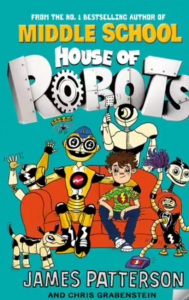 House of Robots series by James Patterson has humour, relationships and problem solving within family and school life where often havoc prevails! Great for getting middle primary students engaged with robots and inspire them to try out robotics!
House of Robots series by James Patterson has humour, relationships and problem solving within family and school life where often havoc prevails! Great for getting middle primary students engaged with robots and inspire them to try out robotics!
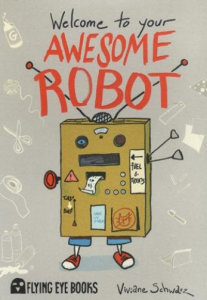 This book can be shared with students or used by parents for a fun activity day to create and inspire making robots following comic style instructions in a story format. Viviane Schwarz develops practical and creative skills in this workbook. Fabulous way to create ‘unplugged’ robots which can then lead into building WeDo LEGO robots!
This book can be shared with students or used by parents for a fun activity day to create and inspire making robots following comic style instructions in a story format. Viviane Schwarz develops practical and creative skills in this workbook. Fabulous way to create ‘unplugged’ robots which can then lead into building WeDo LEGO robots!
 Nick and Tesla Series by Steve Pflugfelder is great for engaging children in middle primary to become fascinated by science and robots! In this particular story the siblings have to foil an unpleasant employee by making robots….. including bristlebots, which is always a favourite with our girls! These books are great to promote making in our Makerspace as well are promoting robotics.
Nick and Tesla Series by Steve Pflugfelder is great for engaging children in middle primary to become fascinated by science and robots! In this particular story the siblings have to foil an unpleasant employee by making robots….. including bristlebots, which is always a favourite with our girls! These books are great to promote making in our Makerspace as well are promoting robotics.
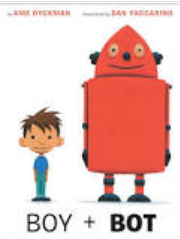 Not forgetting our little people….. this is a lovely book about friendship between a boy and a robot. Understanding how each survives. This can certainly be used to introduce BeeBots or Cubetto where ‘on and off’ switches enable robots to work.
Not forgetting our little people….. this is a lovely book about friendship between a boy and a robot. Understanding how each survives. This can certainly be used to introduce BeeBots or Cubetto where ‘on and off’ switches enable robots to work.
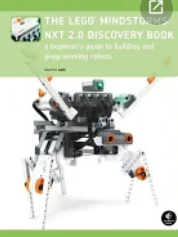 LEGO Mindstorm NXT Discovery book helps understand the many features and capabilities of this robotics system. It provides instructions and assistance using the software to program the brick and how to create and build various robots. Great for beginners.
LEGO Mindstorm NXT Discovery book helps understand the many features and capabilities of this robotics system. It provides instructions and assistance using the software to program the brick and how to create and build various robots. Great for beginners.
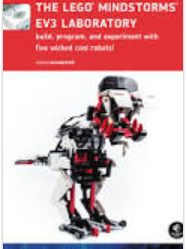 This book will be getting plenty of use next year as we will be using LEGO EV3 more. Here is a link to our involvement in FLL 2016. Daniele Benedettelli describes how to use gears and beams, motors and sensors, and programming blocks to create sophisticated robots. The girls just love programming EV3’s and NXT’s.
This book will be getting plenty of use next year as we will be using LEGO EV3 more. Here is a link to our involvement in FLL 2016. Daniele Benedettelli describes how to use gears and beams, motors and sensors, and programming blocks to create sophisticated robots. The girls just love programming EV3’s and NXT’s.
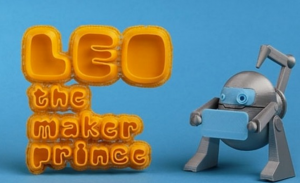 I’ll finish on this book which can be used to inspire making told by a robot! LEO the Maker Prince teaches children (both young and old) about 3D printing by following Carla and LEO’s journey through Brooklyn. LEO is a walking, talking robot who happens to be able to print (in plastic) any object that Carla draws. The other robots have their own special capabilities: Hi-Ho prints in metal, Sinclair can find and print objects from a huge catalog of designs, and the others (including AL1C3-D, IRIS-5, and NiXie) have unique talents, too. Readers can come along for the journey, too: all of the objects in the book are printable one way or another. Terrific to share with our girls as they design and use our 3D printer.
I’ll finish on this book which can be used to inspire making told by a robot! LEO the Maker Prince teaches children (both young and old) about 3D printing by following Carla and LEO’s journey through Brooklyn. LEO is a walking, talking robot who happens to be able to print (in plastic) any object that Carla draws. The other robots have their own special capabilities: Hi-Ho prints in metal, Sinclair can find and print objects from a huge catalog of designs, and the others (including AL1C3-D, IRIS-5, and NiXie) have unique talents, too. Readers can come along for the journey, too: all of the objects in the book are printable one way or another. Terrific to share with our girls as they design and use our 3D printer.
Of course there are many more books and new books being released all the time as the Digital Technologies Curriculum was endorsed in 2015 …..
“where students can learn important skills in problem solving and technical skills such as coding, right from their early years” (The Hon Christopher Pyne MP)

